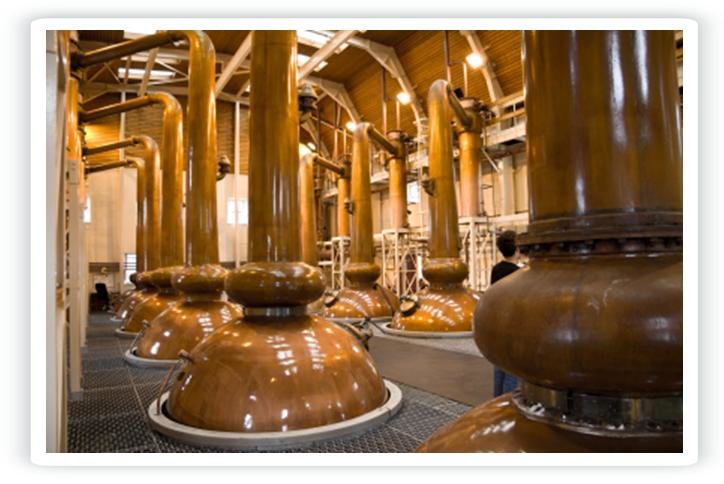
It is well known that during the production of liquor, a fermentation process is followed by distillation, in which alcohol is separated from the rest of the mixture. When, for example, fermented must from molasses is distilled to obtain ethyl alcohol, a dark-colored liquid residue called vinasse is produced.
Thus, vinasses are the residue from the distillation processes carried out by alcoholic beverage producers. These residues are usually utilized by distilleries, which accumulate the waste from numerous manufacturers to produce alcohol for industrial use.
The amount of vinasse obtained by the alcoholic beverage producer is on the order of 12 to 13 times the amount of alcohol produced, which implies that a high volume of waste is generated. This vinasse contains an average ratio of 90% water and 10% solids.
Regarding the composition of vinasse waters, it is noteworthy that they contain non-biodegradable substances or those very difficult to subject to a physical-chemical treatment, due to their high organic load, salinity, and the presence of suspended solids, which means that traditional methods are not sufficiently efficient to obtain an effluent that can be discharged or reused, nor to distill the alcohol found in the vinasses.
One of the best alternatives for their treatment is to proceed with a concentration process using vacuum evaporators in multiple stages. With this process, high flow rates, as typically found in distilleries, can be treated and concentrates of about 5 times in volume can be achieved.
Thanks to the vacuum evaporators for high flow rates, the following results are obtained:
- Alcohol for industrial use is obtained.
- Clean water is obtained that can be reused or discharged safely.
- A concentrate of waste is obtained that can be valorized through its transformation into energy.
Since the vinasses from the distillation column are usually discharged at about 85ºC, the concentrate obtained after the evaporation process can be used as fuel due to its acceptable calorific value in biomass boilers, mixed with other solid fuels.
Another alternative is biomethanization using biological reactors with anaerobic microorganisms. The system should be complemented with aerobic systems to achieve the discharge parameters.
It is a technology that allows for the treatment of large volumes of wastewater in a short time. Additionally, since these processes do not require aeration systems and can operate at temperatures close to ambient (between 25 and 35ºC), their operating cost is really low.
Another of its great advantages is related to energy recovery, as a gas composed mainly of methane and carbon dioxide known as biogas is obtained as a byproduct of this process, which can be used as an alternative fuel for various uses within the same plant, such as heating boilers, furnaces, and even feeding electricity generators.